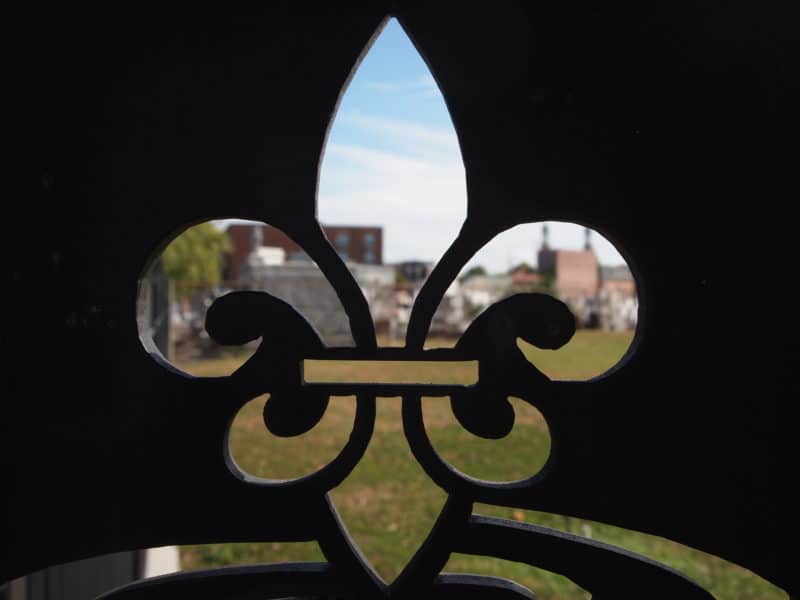By Jacqui Gibson
The last time I was in Christchurch — New Zealand’s most recently earthquake-ravaged city — a tour bus dropped me off in the city center to watch diggers chomp through concrete rubble in the pouring rain. Umbrellas were dished out to curious tourists leaving the bus to snap evidence of a broken city.
It was the winter of 2013; Day 1 of a week-long coach tour of New Zealand’s South Island, two years after the February 2011 earthquake that killed 185 people.
I remember taking a photo of the bottle-green Vintage Watch building on Hereford Street bordered up and wrapped in plastic, adding a filter and posting it online. My post said: “Hey, followers! I’m deep in the belly of the Christchurch rebuild. Here’s a sneak peek into the state of New Zealand’s disaster-struck city.”
What was I doing exactly? Was I peering through wire fences to pay my respects or was I engaged in something more superficial, perhaps even sinister? Was it even possible to make sense of a global disaster like an earthquake as an ethical tourist?
Ethical Tourism Or Disaster Voyeurism?
Disaster voyeurism. Dark tourism. Rubbernecking. Tours of recent disaster zones go by all these names. Truth is, they make for good business. That’s because tourists are willing to pay top dollar for an experience that helps shed light on significant — even disastrous — world events.
These days it’s possible to visit Chernobyl, the site of the catastrophic nuclear accident that killed 31 people in 1986 and rendered the place an environmental wasteland. The same goes for Japan’s abandoned Fukushima Daiichi Nuclear Power Station, swamped by a tsunami in 2011 following the massive 9.0 magnitude Tohoku Earthquake.
Can touring #disaster sites be #ethical? Here are both sides of the coin. #responsibletravel Click To Tweet
New Orleans Hurricane Katrina Tour
In New Orleans, 12 years after Hurricane Katrina, Gray Line offers a three-hour tour that starts at the city center and takes in hurricane-wrecked neighborhoods such as Lakeview and the Upper Ninth Ward. The company is one of a handful of operators offering hurricane-themed tours to holidaymakers for around $45 USD per person.
I settled on the Gray Line tour after an online search because I liked what I found out. Their guides saw the hurricane up-close. The company contributes a dollar to the ongoing recovery for every person who takes a Hurricane Katrina tour. Their route features landmarks like the Superdrome — the so-called shelter of last resort — but avoids the Lower Ninth Ward following a council ban of tour buses to the area in 2006.
Apparently, residents of the impoverished neighborhood where the destruction was most widespread complained to council they felt like sideshow attractions. They felt coach companies were making money from their misery. Their streets felt like a highway some days, such was the frequency and ferocity of lumbering tour buses.

Education vs Exploitation
With my Hurricane Katrina tour I wanted education, not exploitation. As the booking date approached, I crossed my fingers I’d stuffed my tourist dollar in the right tour company pocket.
A Personal Hurricane Katrina Story
On the tour there are 20 of us on the plush coach, as we pull out of the downtown carpark on a sultry Louisiana afternoon. Daniel Chick, our 33-year-old guide with the boyish face, warns: “I’m definitely gonna bum you out, but hopefully not too badly.”
Daniel’s a New Orleans local and a history scholar. He lived through Katrina. He lost his mom and several friends to Katrina. He still has vivid memories of the city crawling with snakes and alligators in the immediate aftermath of Katrina.
It is his personal story of Katrina we hear on the tour, interspersed with historical details about the lead up to the category five hurricane, what happened during the storm and what’s happened since. Daniel tells us Katrina left 80% of the city under water, killed 1,800 people and cost more than $108 billion to clean up.
The enormity of these facts takes a while to sink in. But his description of a city awash with an oily, toxic soup that rotted homes, sickened bodies and generated terror among Crescent City’s 1.3 million residents gets straight to the point.
Just why so many people didn’t evacuate in time also becomes clear. The storm lessened in force and veered away from the city at the last minute, Daniel reminds us. People thought the levee and floodwall protection, strengthened by the US Army Corp in the mid 1960s, would cope. No one contemplated the pump system would fail or predicted a botched emergency response.
“I was one of those people who thought we were safe as I went to bed on Saturday, August 27. Next thing I know mom’s in my room, saying we’ve got to evacuate, and I’m one of tens of thousands of people out on the streets looking for safety. It was unbelievable,” says Daniel, 22 at the time.

Stops On The Tour
On the tour we pass the Convention Center, where people with no means of transport waited in vain for rescue.
We drive past the Superdrome, where thousands waited out the storm in stifling heat as Katrina’s 174 mph winds dislodged the roof and cut off electricity.
And we stop off at the Katrina Memorial in the Charity Hospital Cemetery, opened in 2015, where nearly 100 unidentified bodies are now buried in unmarked tombs.

Driving through the middle and lower class neighborhoods of Lakeview and the Upper Ninth Ward we see few, if any, residents; but plenty of evidence of homes rebuilt or under repair.
A few Lakeside homes have been jacked up on stilts and converted to pole houses. At the Open Air Levee Exhibition and Garden in NOLA’s Gentilly neighborhood, we study outdoor information plaques describing how and why the levees failed. Poor design and under investment seem to be the primary culprits.
Taking In The Reality Of The Storm
Moving on, I take a minute to measure myself against an exhibition yardstick, etched with the height of the storm water after the levy collapse along London Avenue Canal. The clearly-marked post shows the water rose to over 6.5 feet – over 1.3 feet above my head.
Of course this is just one particular in Katrina’s much larger story. Somehow, though, it’s this tiny but chilling detail that lodges in my imagination and stays with me long after the tour.

Tips For Picking An Ethical Tour
I came away deeply affected by the Gray Line tour thanks to Daniel’s first-hand account and having the opportunity to see and learn about the key sites of the disaster. It confirmed for me what to look for in an ethical tour.
Below are my top tips.
Interested in taking a #HurricaneKatrina tour in #NOLA? Here's how to do it ethically Click To Tweet- Do your research. Spend some time reading about the different tour operators and the way they approach their subject before you make your final choice.
- Go local. Find a guide who experienced the event and who can talk from personal experience.
- Get the facts. Look for a company whose guides are knowledgeable, well-researched and who are prepared to answer your questions candidly and without bias. That way you get to think for yourself and make up your own mind about what happened and why.
- Share the wealth. If you can, choose an operator who contributes or gives back to their community in some way. Sharing is caring.
Have you done a Hurricane Katrina tour (or other disaster education experience)? Please share in the comments below!
Further Exploration:
New Orleans: The Birthplace Of Cocktails [Blog Inspiration]
Clever Travel Companion Pickpocket-Proof Garments [Travel Safety]
I Survived Hurricane Katrina [Great Reads]
Latest posts by Jacqui Gibson (see all)
- How To Take An Eco-Friendly Trip To The Solomon Islands - Mar 27, 2018
- How To Explore Coffee Culture In Wellington, New Zealand - Oct 26, 2017
- Learning About Hurricane Katrina From The People Who Lived It - Oct 2, 2017







